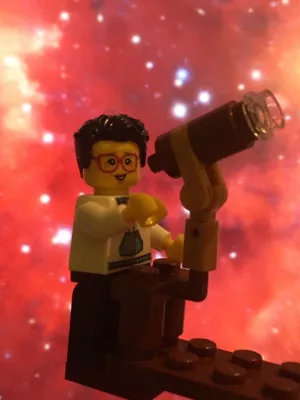
Henrik Hartman
Researcher (Leave of Absence)

First storage of ion beams in the Double Electrostatic Ion-Ring Experiment: DESIREE
Author
Summary, in English
We report on the first storage of ion beams in the Double ElectroStatic Ion Ring ExpEriment, DESIREE, at Stockholm University. We have produced beams of atomic carbon anions and small carbon anion molecules (C-n(-), n = 1, 2, 3, 4) in a sputter ion source. The ion beams were accelerated to 10 keV kinetic energy and stored in an electrostatic ion storage ring enclosed in a vacuum chamber at 13 K. For 10 keV C-2(-) molecular anions we measure the residual-gas limited beam storage lifetime to be 448 s +/- 18 s with two independent detector systems. Using the measured storage lifetimes we estimate that the residual gas pressure is in the 10(-14) mbar range. When high current ion beams are injected, the number of stored particles does not follow a single exponential decay law as would be expected for stored particles lost solely due to electron detachment in collision with the residual-gas. Instead, we observe a faster initial decay rate, which we ascribe to the effect of the space charge of the ion beam on the storage capacity. (C) 2013 AIP Publishing LLC.
Department/s
- European Spallation Source ESS AB
- Lund Observatory - Has been reorganised
Publishing year
2013
Language
English
Publication/Series
Review of Scientific Instruments
Volume
84
Issue
5
Document type
Journal article
Publisher
American Institute of Physics (AIP)
Topic
- Astronomy, Astrophysics and Cosmology
- Physical Sciences
- Natural Sciences
Status
Published
ISBN/ISSN/Other
- ISSN: 1089-7623

